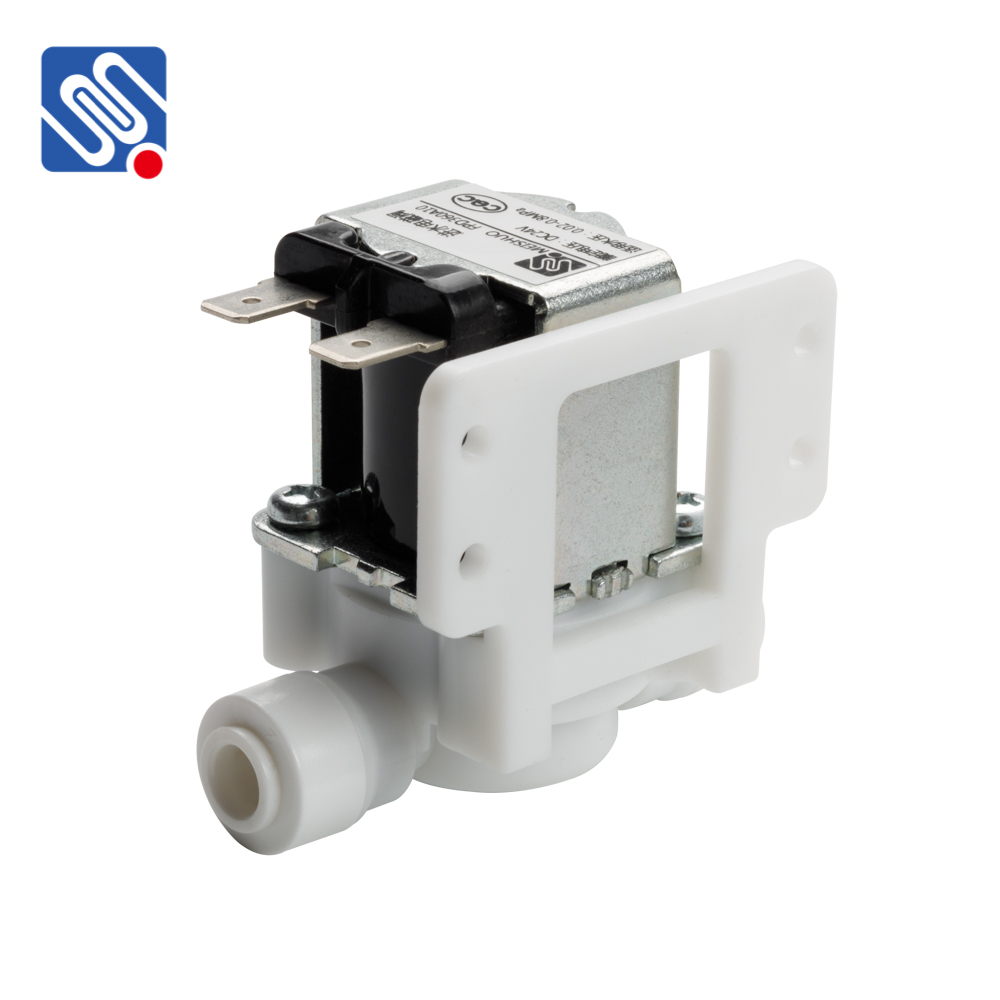Solenoid valves play a critical role in controlling the flow of liquids and gases in various industrial applications. By utilizing an electrical current to create a magnetic field, these valves control the movement of a plunger or diaphragm that opens or closes the flow path. Solenoid valves come in many materials, each suited for specific conditions and environments. Two of the most common materials used in solenoid valve construction are stainless steel and plastic. Both materials offer distinct advantages depending on the application, and understanding the differences between them is key to selecting the right valve for a particular system.

Stainless Steel Solenoid Valves: Strength and Durability Stainless steel solenoid valves are a popular choice for demanding industrial environments where durability, high pressure, and temperature resistance are required. Stainless steel, known for its excellent corrosion resistance and strength, provides an ideal solution for industries such as oil and gas, chemical processing, and food and beverage. These valves can handle harsh conditions, including exposure to high temperatures, corrosive chemicals, and abrasive particles. One of the major advantages of stainless steel solenoid valves is their longevity. Stainless steel is incredibly resistant to rust and corrosion, making it perfect for applications where the valve is exposed to water, steam, or aggressive chemicals. This corrosion resistance ensures that the valve remains operational even in the most challenging environments, leading to fewer maintenance needs and lower replacement costs.